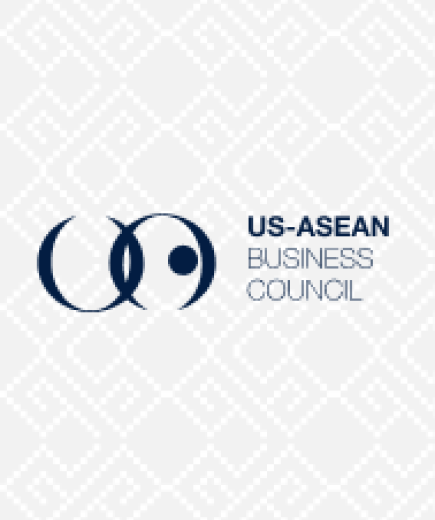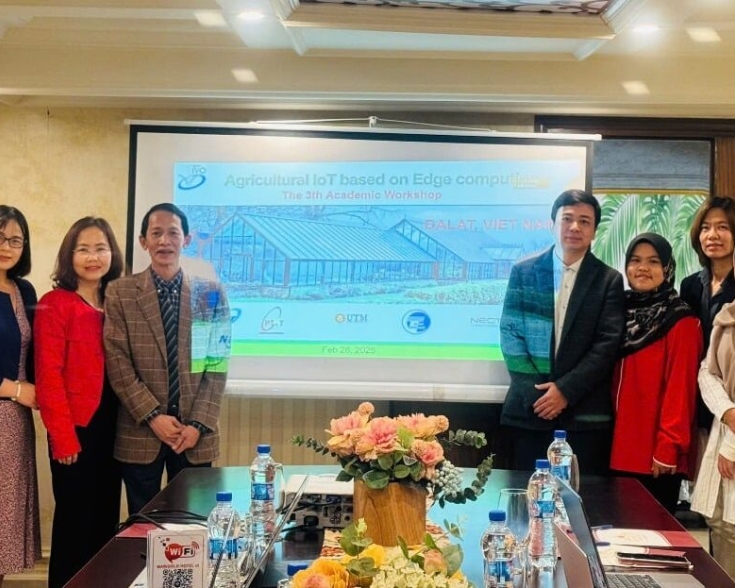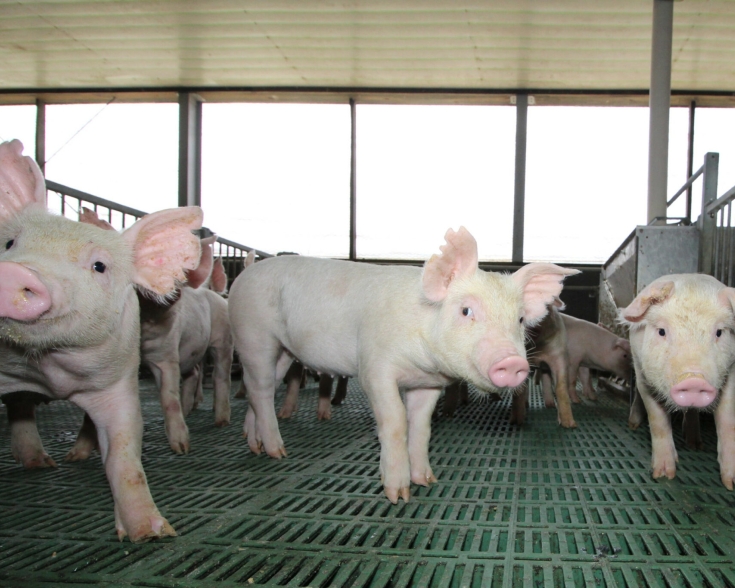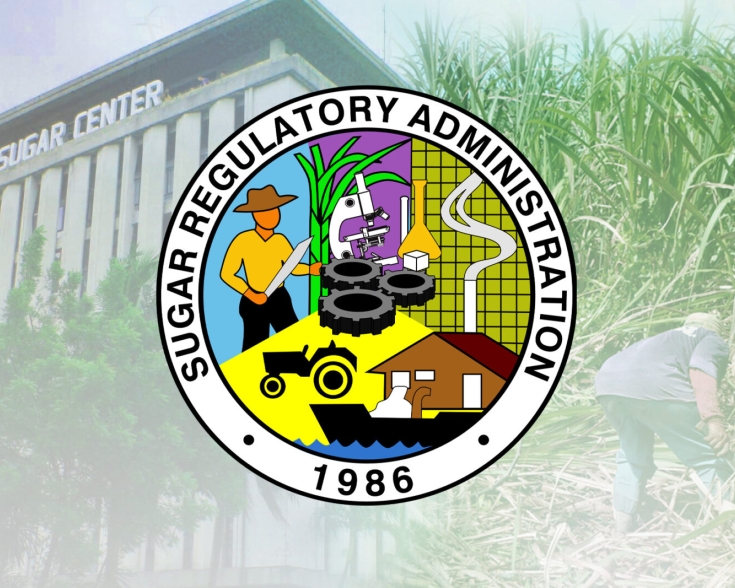Closer U.S.-Philippines Cooperation Seen in The First Half of 2023

The first few months of 2023 was marked by multiple diplomatic engagements between the United States and the Philippines. These significant visits, which follow President Marcos’ meeting with President Biden during the UNGA in New York and Vice President Harris’ visit to the Philippines in 2022, paved way for the tremendous momentum that now animates the bilateral efforts to expand cooperation in advancing prosperity, security, trade, and friendship. The visits below are a good indicator that the US-Philippines ties will continue to develop and grow under the Marcos administration. Established in 1946, the US-Philippine diplomatic relations remain central in ensuring a free, open, connected, secure, and resilient Indo-Pacific.
Building on these very substantial visits, the US-ASEAN Business Council will hold its annual Business Mission to the Philippines from August 9 to 11. With the support of the US private sector, this year’s business mission aims to increase in-depth engagements with the Philippine Government through collaborative discussions on supporting rapid and inclusive economic growth in the country. Register for the mission here.
President Marcos’ Official Visit to the United States
In early May, President Joseph R. Biden welcomed Philippine President Ferdinand R. Marcos, Jr. to the White House to advance the agenda for the US-Philippines alliance. The official visit was essential in forwarding national interests and strengthening the long-standing partnership between the US and the Philippines. Both leaders reaffirmed commitments to the alliance amidst new global challenges. During the meetings, President Biden and President Marcos reviewed commitments to deepen cooperation in the areas of defense, economic ties (investment, innovation, and inclusive prosperity), education & people to people ties, human rights, clean energy & environmental protection, food security, and health, among others. Notably, President Biden announced his intention to hold the first-of-its-kind Presidential Trade and Investment Mission to the Philippines, meant to enhance US companies’ investments in the Philippines’ innovation economy, its clean energy transition and critical minerals sector, and the food security of its people.
During his official visit to Washington, President Marcos also met with Vice President Kamala Harris to discuss mutually beneficial partnerships between both countries in areas such as digital inclusion, clean energy, and security. President Marcos also held discussions with prominent Filipino and American civic and business leaders on greater cooperation in the development of the Philippine economy, where US companies committed to bringing in new facilities and additional investments. The Philippine President also paid a visit to the Pentagon and met with representatives from the US Senate to tackle a wide range of issues that include security, defense, agriculture, climate change mitigation, economic cooperation, and cyber security. On May 3, the US-ASEAN Business Council co-hosted a business forum and reception in honor of President Marcos. During the reception, President Marcos met with business leaders and addressed issues relating to economic reform and digital transformation in the Philippines, the regional security landscape, as well as his vision to further strengthen the US-Philippines bilateral relationship on all fronts.
President Marcos’ official visit to Washington is the first by a Philippine president in more than 10 years, which signals the Philippines’ deepening relations with the US under the Marcos administration. As tensions with China rises, President Marcos’ trip is the latest effort in high-level diplomacy with key Asian allies by the Biden administration. President Marcos endeavors to maintain good relations with both the US and China.
USTR Ambassador Tai’s Visit to the Philippines
On April 16 and 17, USTR Ambassador Katherine Tai visited the Philippines to explore ways to strengthen the trade and economic partnership between the US and the Philippines. Among others, Ambassador Tai met with Labor Secretary Bienvenido Laguesma and Trade Secretary Alfredo Pascual. The meeting between Ambassador Tai and Labor Secretary Laguesma focused on enhancing labor standards in the global economy as well as ensuring high-standard labor provision that support workers across the region under the Indo-Pacific Economic Framework for Prosperity (IPEF); while Ambassador Tai’s meeting with Trade Secretary Pascual reaffirmed commitments to deepening US-Philippines bilateral trade relationships and strengthening ties in the Indo-Pacific Region under several bilateral trade frameworks such as the IPEF and the US-Philippines Trade and Investment Framework Agreement (TIFA). Secretary Pascual emphasized that the Philippines would be interested in formalizing trade relations with the United States via a bilateral free trade agreement (FTA) and encouraged the US Government to renew the Philippines’ eligibility to the US Generalized System of Preferences (GSP), which expired at the tail-end of 2020.
2+2 Ministerial Dialogue in Washington, D.C.
On April 11, Secretary of State Antony J. Blinken, Secretary of Defense Lloyd J. Austin III, then Officer in Charge of the Department of National Defense Carlito Galvez Jr., and Secretary of Foreign Affairs Enrique A. Manalo convened for the third US-Philippines 2+2 Ministerial Dialogue in Washington, D.C., a day after the two countries launched the biggest joint drills in the South China Sea. The dialogue centered around key topics such as defense, climate and energy policy, sustainable and inclusive growth, food security, maritime affairs, civil space cooperation, and democracy and human rights. The top officials from both countries strengthened their commitment to modernizing the US-Philippines alliance under the Mutual Defense Treaty (MDT), the Visiting Forces Agreement (VFA), and the Enhanced Defense Cooperation Agreement (EDCA).
Moreover, in prioritizing the modernization of shared defense capabilities, particularly in the maritime domain, the leaders discussed near-term plans to adopt a Security Sector Assistance Roadmap, which aims to guide shared defense modernization investments and inform the delivery of priority platforms, including radar, unmanned aerial systems, military transport aircraft, and coastal- and air-defense systems, over the next 5 to 10 years. The roadmap will also identify areas for capacity building to enhance the Philippines’ core institutions and support security sector governance.
Apart from peace and security, the ministerial dialogue also reinforced other areas of cooperation such as food security, greenhouse gas emissions, health, infrastructure, science and technology, trade and economy, and nuclear energy. In March, the United States and the Philippines signed a Memorandum of Understanding Concerning Strategic Civil Nuclear Cooperation, which is meant to improve cooperation in energy security and diplomatic and economic relations to help achieve shared goals in energy, agricultural development, clean water, and medical treatments.
Secretary of Defense Lloyd J. Austin III Visit to the Philippines
In February, Secretary of Defense Lloyd J. Austin III visited the Philippines to build on strong bilateral relationships, discuss a range of security initiatives, and advance a shared vision of a free and open Indo-Pacific. During his visit, Secretary Austin met with senior leaders in the Philippine government and the Philippine Military and also visited Camp Navarro in Mindanao, where Philippine and US service members are working closely together. According to the Department of Defense, the assistance and cooperation from the United States has enabled the Philippines and allies bring stability to the southern Philippines and enabled them to prevent violent extremist threat from moving elsewhere in the region.



